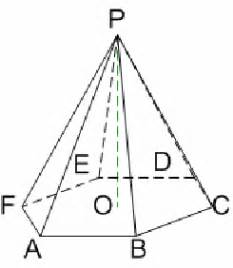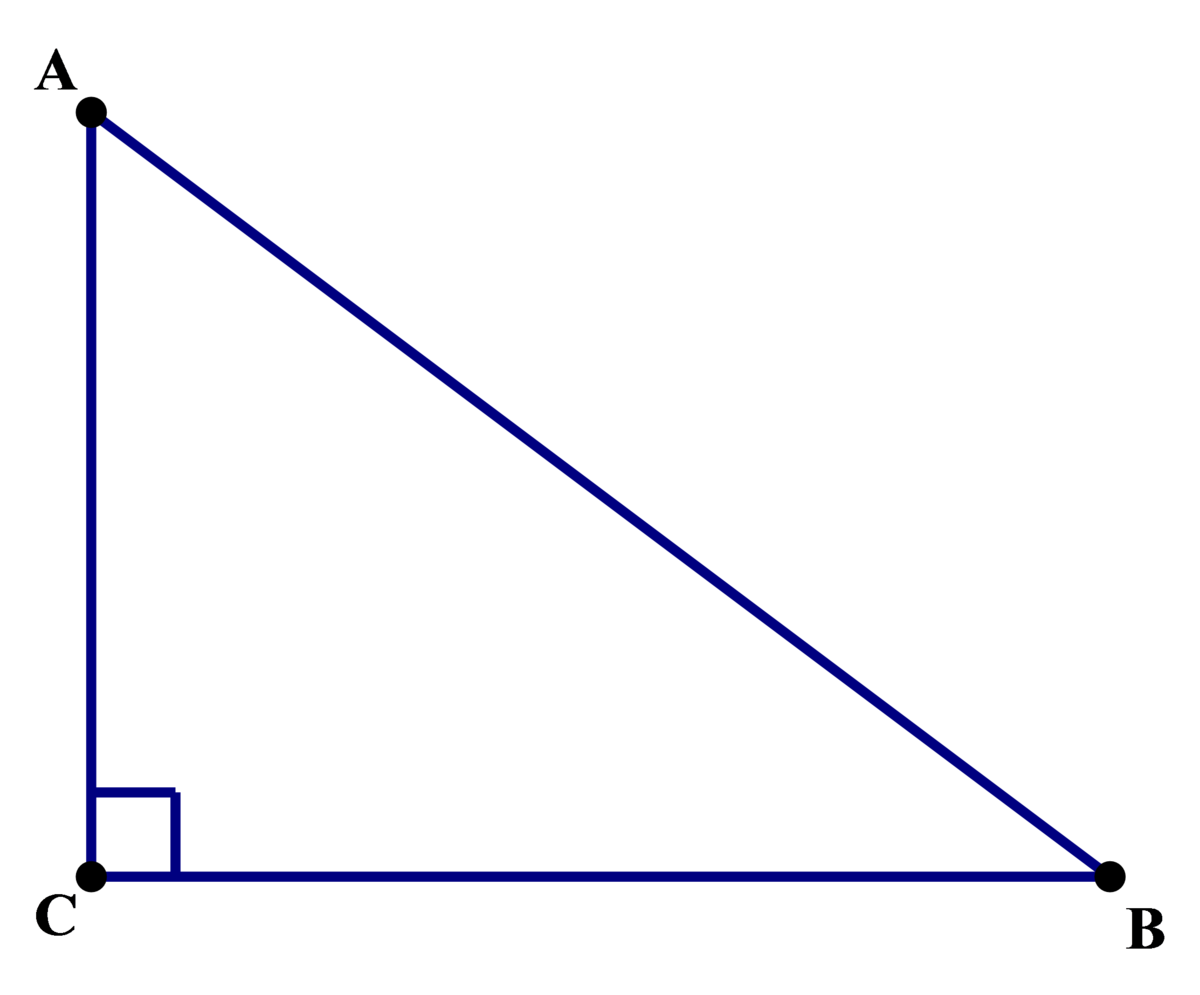Dihedral angles.
Consider a pyramid whose base is a regular n -gon.
Let V p ( n ) be the volume of the largest pyramid above that can be inscribed in a sphere of radius R .
In the above n -gonal pyramid with volume V p ( n ) , let λ ( n ) be the angle between two adjacent slant faces.
Find lim n → ∞ cos ( λ ( n ) ) .
Note: My intention is to find cos ( λ ( n ) ) , then find lim n → ∞ cos ( λ ( n ) ) .
The answer is -1.
This section requires Javascript.
You are seeing this because something didn't load right. We suggest you, (a) try
refreshing the page, (b) enabling javascript if it is disabled on your browser and,
finally, (c)
loading the
non-javascript version of this page
. We're sorry about the hassle.
2 solutions
True, but my intention was to actually derive the result.
I may post another similar problem. The problem is restated as:
Consider a pyramid whose base is a regular n -gon.
Let V p ( n ) be the volume of the largest pyramid above that can be inscribed in a sphere of radius R .
In the above n -gonal pyramid with volume V p ( n ) , let λ ( n ) be the angle between two adjacent slant faces.
Find λ ( 1 0 ) (in degrees) to eight decimal places.

Assume the diagram above is any n -gonal pyramid.
Let O P be the height H of the pyramid, θ = n 2 π , and r be the radius of the n -gon.
Let E : ( − r cos ( θ ) , r sin ( θ ) , 0 ) , A : ( − r cos ( θ ) , − r sin ( θ ) , 0 ) , F : ( − r , 0 , 0 ) , P : ( 0 , 0 , H ) .
F P = r i + 0 j + H k , E P = r cos ( θ ) i − r sin ( θ ) j + H k , A P = r cos ( θ ) i + r sin ( θ ) j + H k
u = F P × E P = H r sin ( θ ) i + H r ( cos ( θ ) − 1 ) j − r 2 sin ( θ )
v = F P × A P = − H r sin ( θ ) i + H r ( cos ( θ ) − 1 ) j + r 2 sin ( θ )
u ⋅ v = − r 2 H 2 sin 2 ( θ ) + r 2 H 2 ( cos ( θ ) − 1 ) 2 − r 4 sin 2 ( θ )
∣ u ∣ = ∣ v ∣ ⟹ ∣ u ∣ ∗ ∣ v ∣ = ∣ u ∣ 2 = r 2 H 2 sin 2 ( θ ) + r 2 H 2 ( cos ( θ ) − 1 ) 2 + r 4 sin 2 ( θ )
⟹ cos ( λ ) = H 2 ( sin 2 ( θ ) + ( cos ( θ ) − 1 ) 2 ) + r 2 sin 2 ( θ ) H 2 ( sin 2 ( θ ) + ( cos ( θ ) − 1 ) 2 ) − r 2 sin 2 ( θ ) .
After doing some very tedious simplifying we obtain:
cos ( λ ) = − 2 h 2 + r 2 + r 2 cos ( θ ) ( 2 h 2 + r 2 ) cos ( θ ) + r 2
Let B C = x be a side of the n − g o n , A C = A B = r , A D = h ∗ , and ∠ B A D = n π .
2 x = r sin ( n π ) ⟹ r = 2 sin ( n π ) x ⟹ h ∗ = 2 x cot ( n π ) ⟹ A △ A B C = 4 1 cot ( n π ) x 2 ⟹
A n − g o n = 4 n cot ( n π ) x 2 ⟹ V p = 1 2 n cot ( n π ) x 2 H
The volume of the sphere V s = 3 4 π R 3

Let H be the height of the given pyramid.
In the right triangle above: A C = H − R , B C = 2 sin ( n π ) x , A B = R ⟹
R 2 = ( H − R ) 2 + 4 x 2 csc 2 ( n p i ) ⟹ x 2 = 4 H ( 2 R − H ) sin 2 ( n π )
⟹ V p ( H ) = 6 n sin ( n 2 π ) ( 2 R H 2 − H 3 ) ⟹
d H d V p = 6 n sin ( n 2 π ) ( H ) ( 4 R − 3 H ) = 0 , H = 0 ⟹ H = 3 4 R ⟹ x 2 = 9 3 2 sin 2 ( n π ) R 2 ⟹ x = 3 4 2 sin ( n π ) R
H = 3 4 R maximizes V p ( H ) since d H 2 d 2 V p ∣ ( H = 3 4 R ) = 3 − 2 n sin ( n π ) R < 0
H = 3 4 R and x 2 = 9 3 2 sin 2 ( n π ) R 2 .
From above r = 2 sin ( n π ) x ⟹ r 2 = 4 sin 2 ( n π ) x 2 .
Using cos ( λ ) = − 2 h 2 + r 2 + r 2 cos ( θ ) ( 2 h 2 + r 2 ) cos ( θ ) + r 2 , where θ = n 2 π and H 2 = 9 1 6 R 2 and x 2 = 9 3 2 sin 2 ( n π ) R 2 ⟹ r 2 = 9 8 ⟹ cos ( λ ( n ) ) = − 5 + cos ( n 2 π ) 5 cos ( n 2 π ) + 1 ⟹ lim n → ∞ cos ( λ ( n ) ) = − 1 .
If n is the number of sides of the base of the pyramid, then as n approaches infinity, the pyramid approaches the shape of a cone. A cone has smooth sides, and so the angle between the slant faces of the pyramid as it becomes more cone shaped approach 180 degrees. cos ( 1 8 0 ∘ ) = − 1